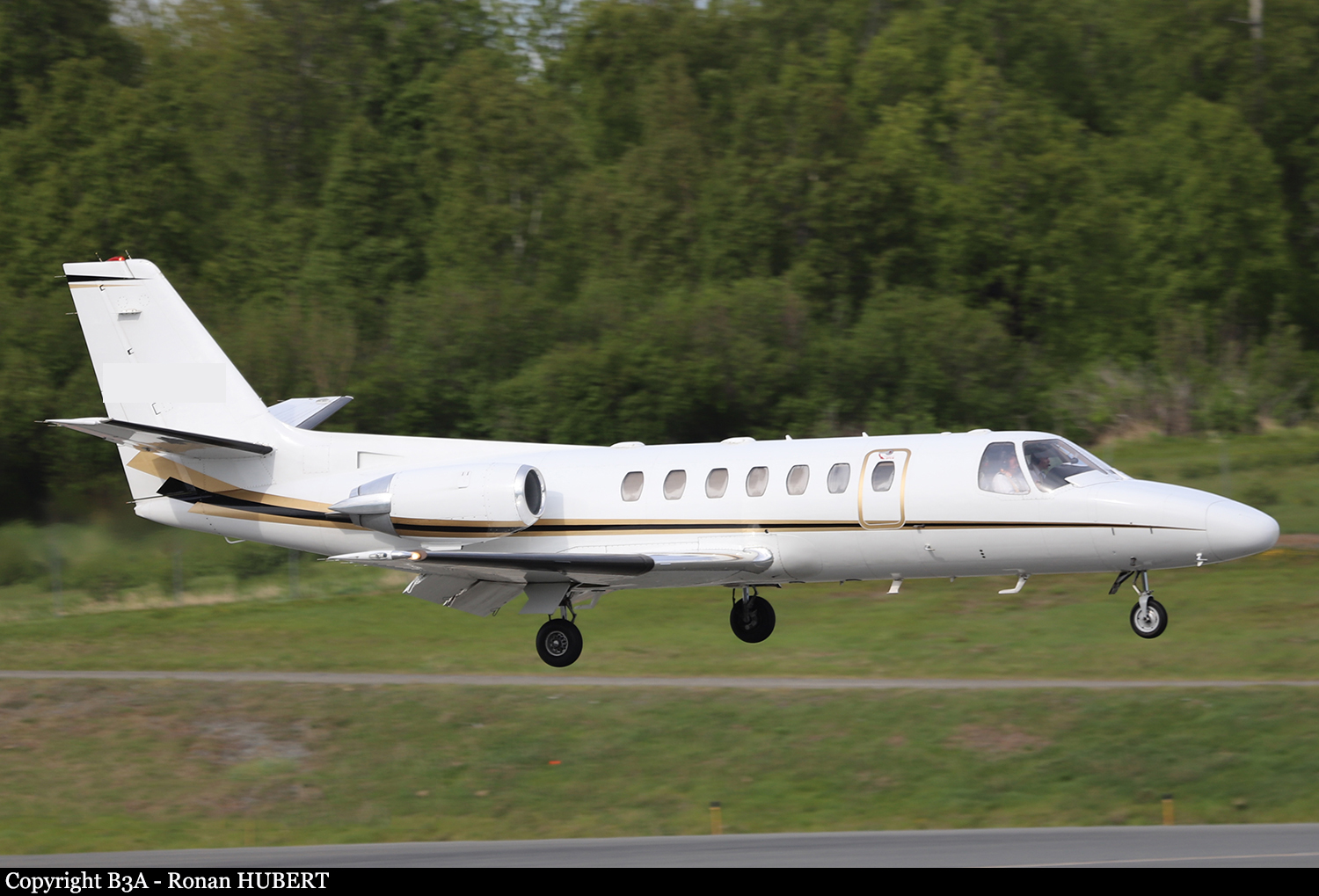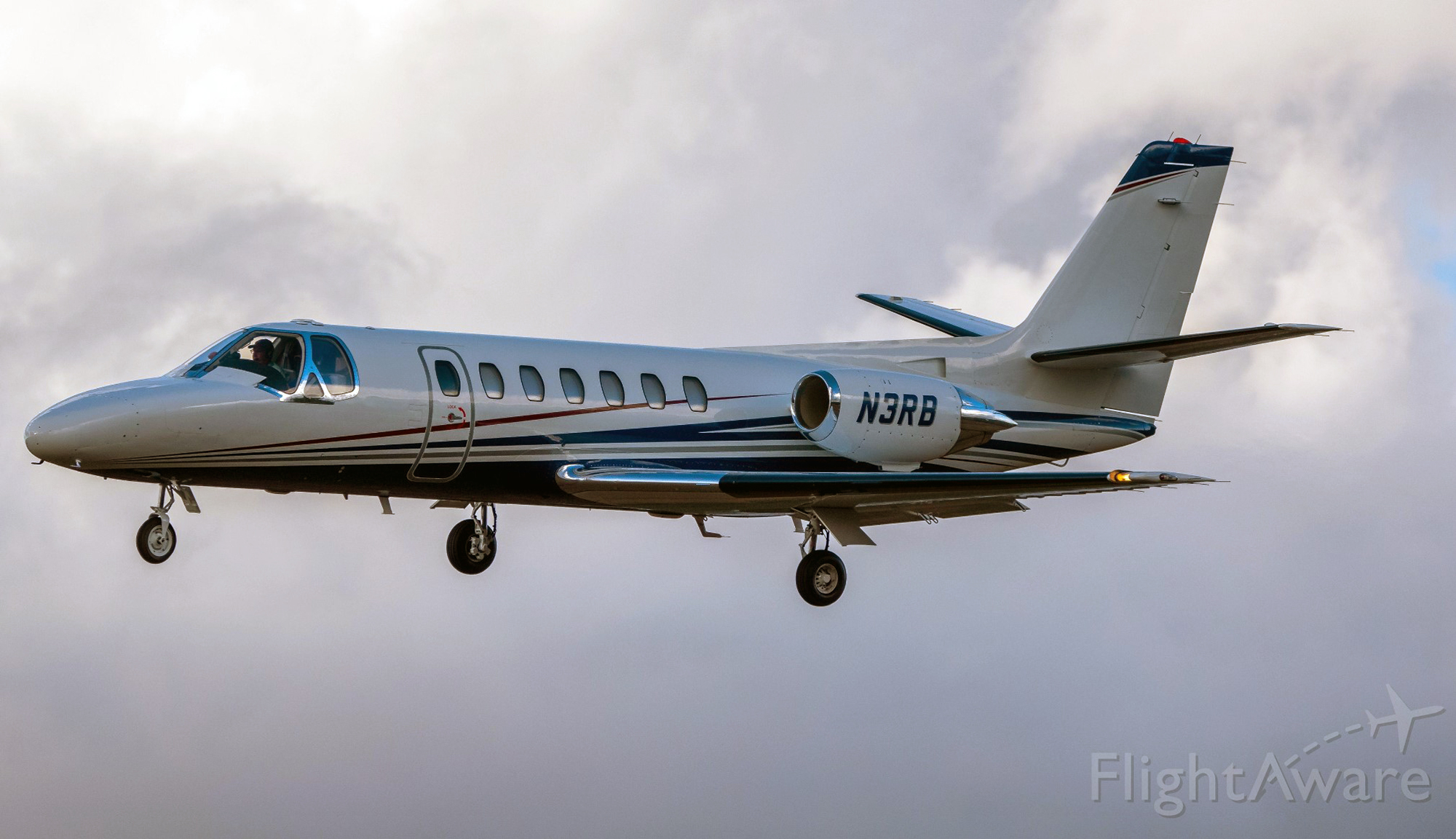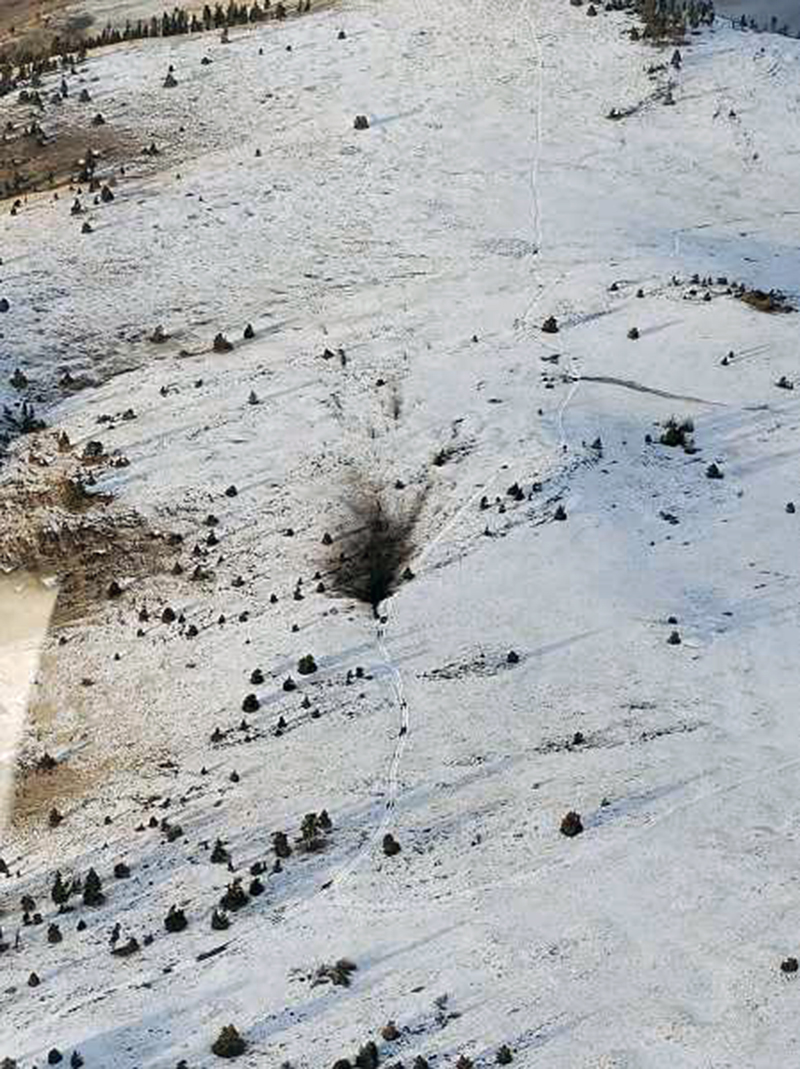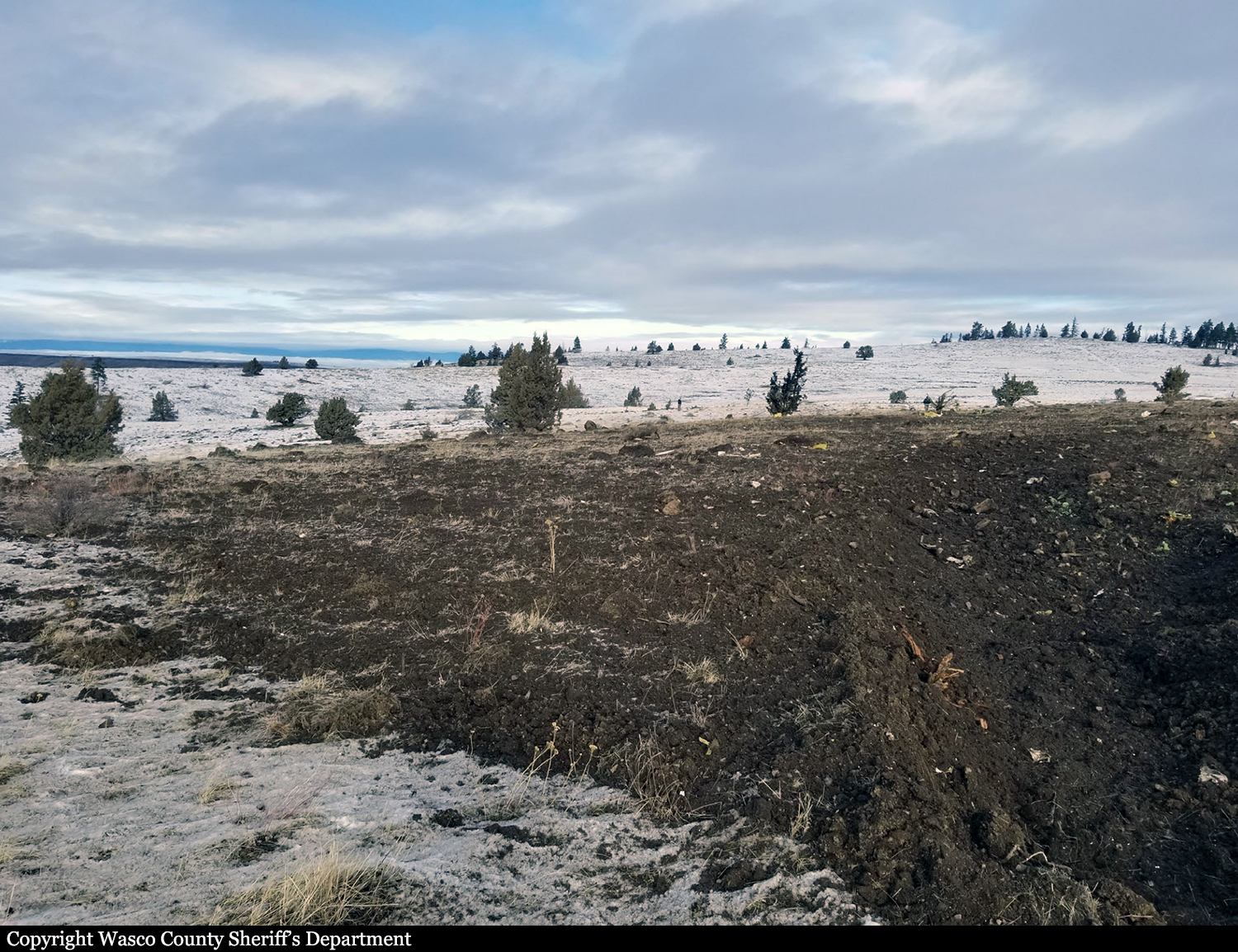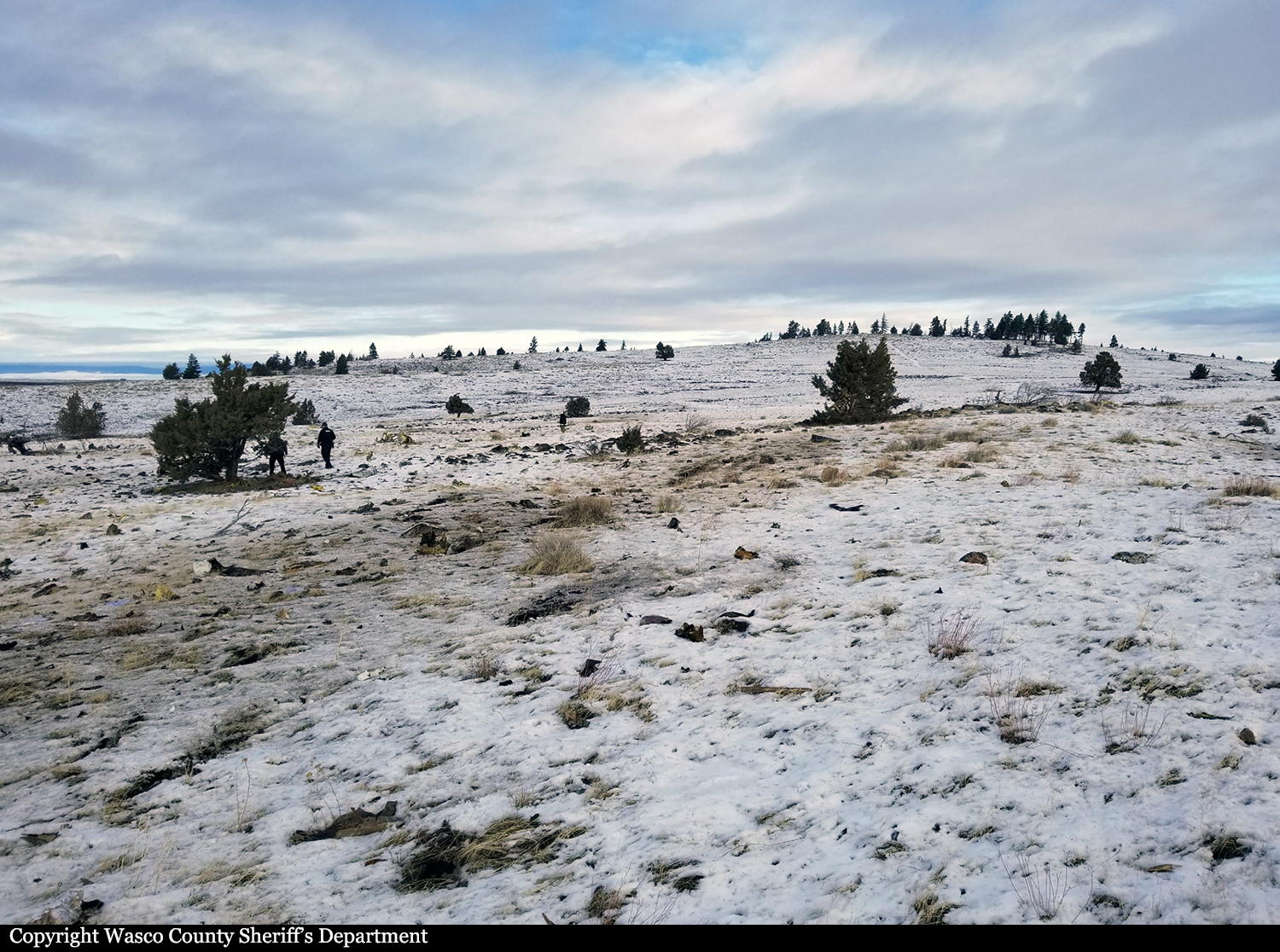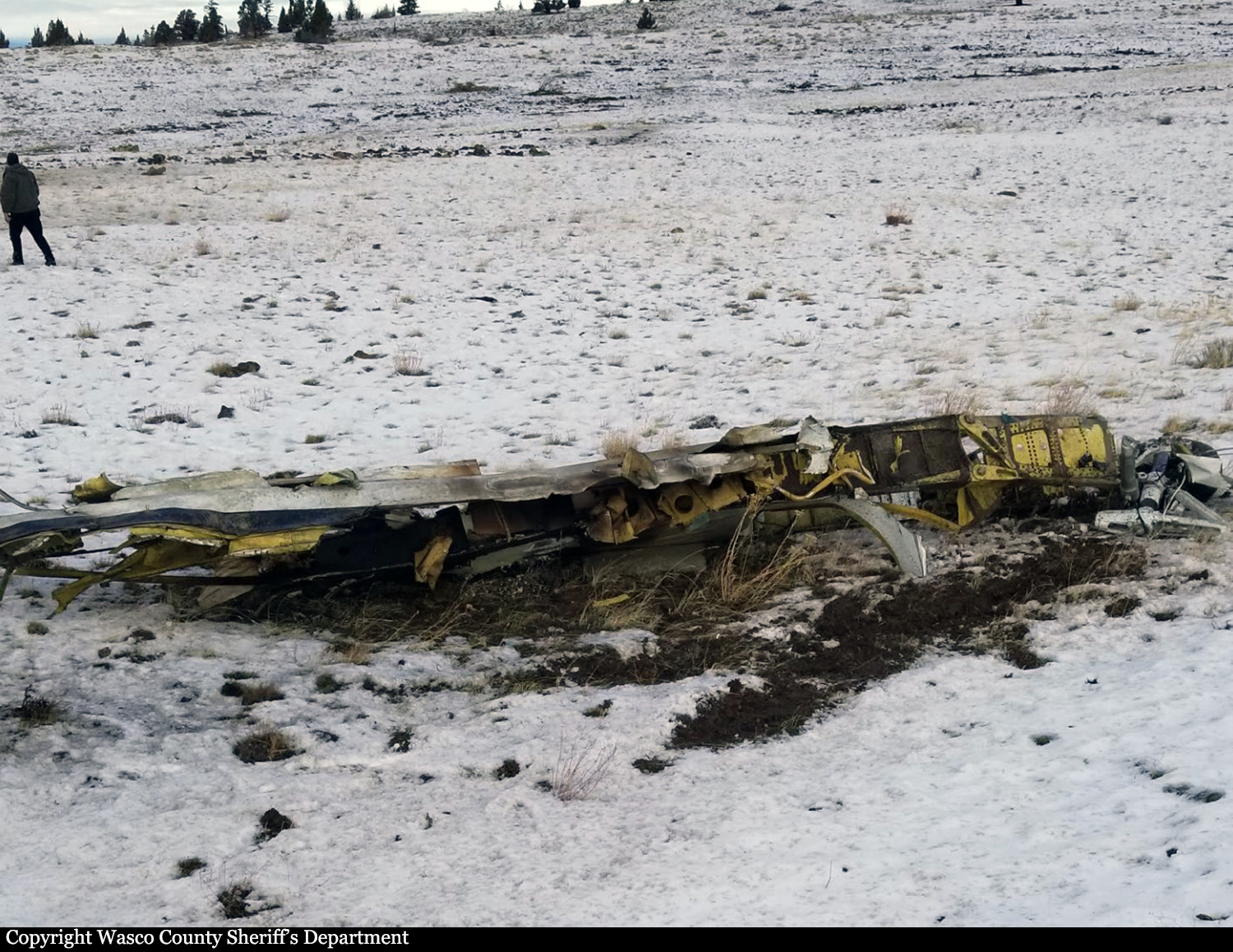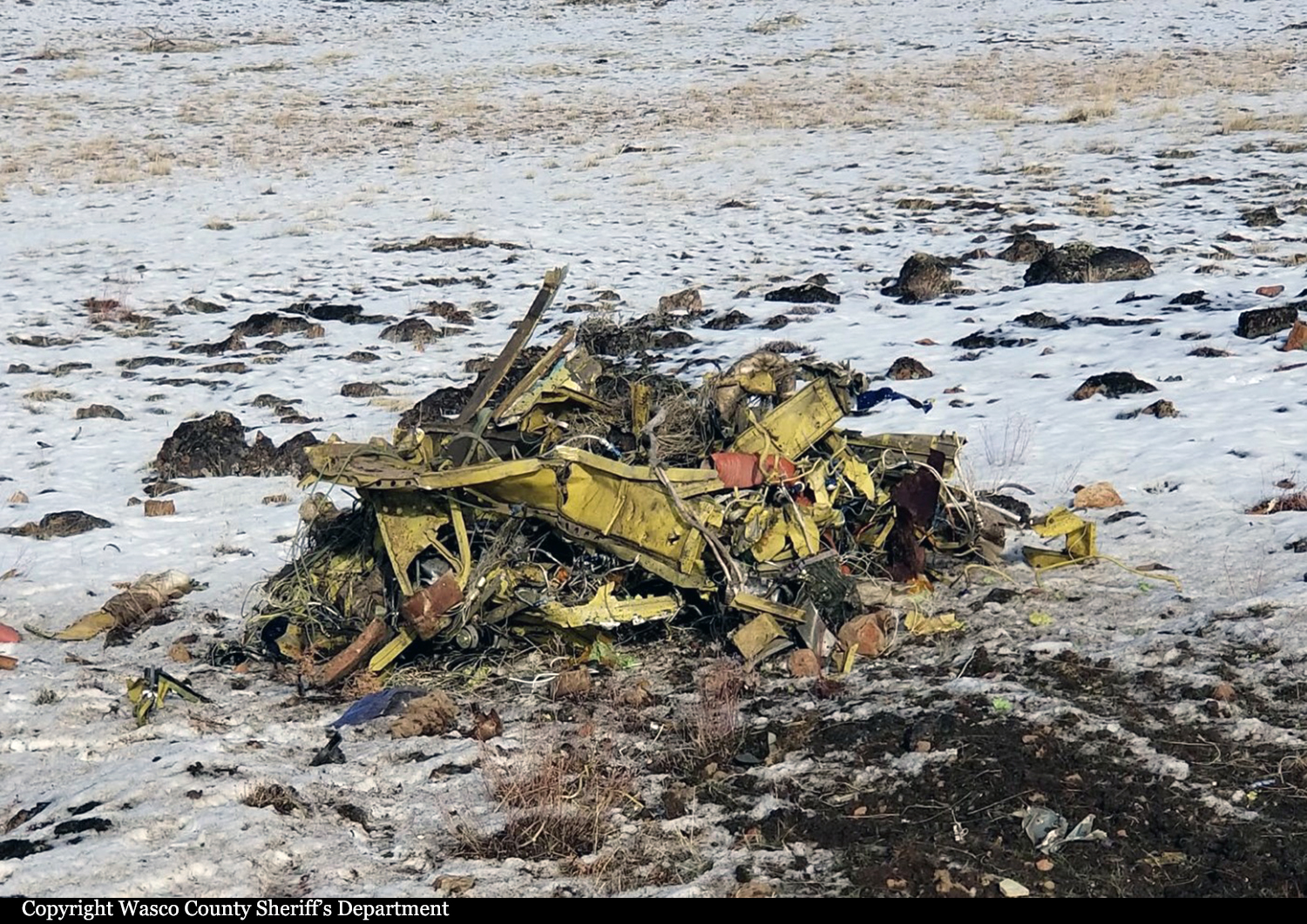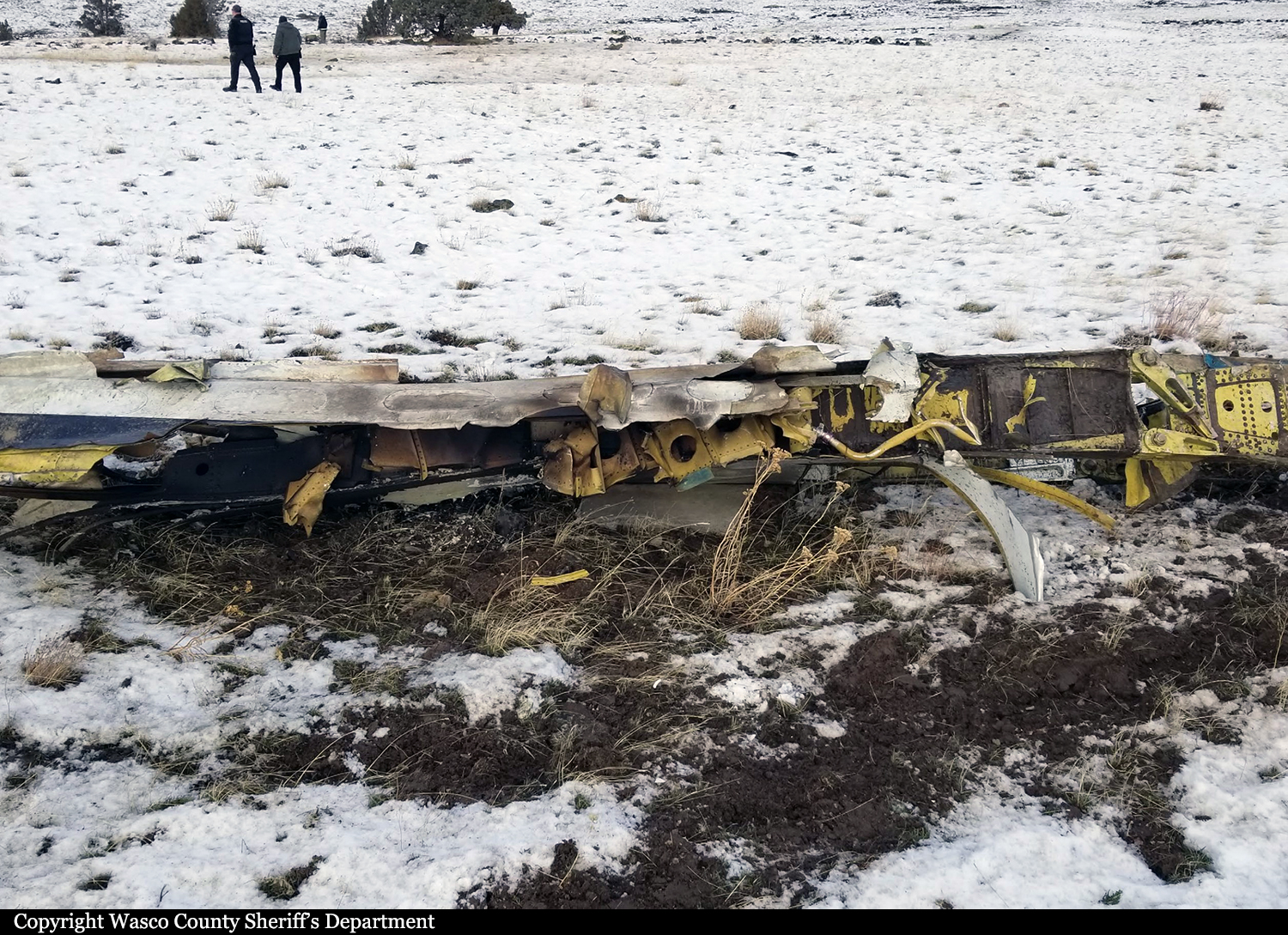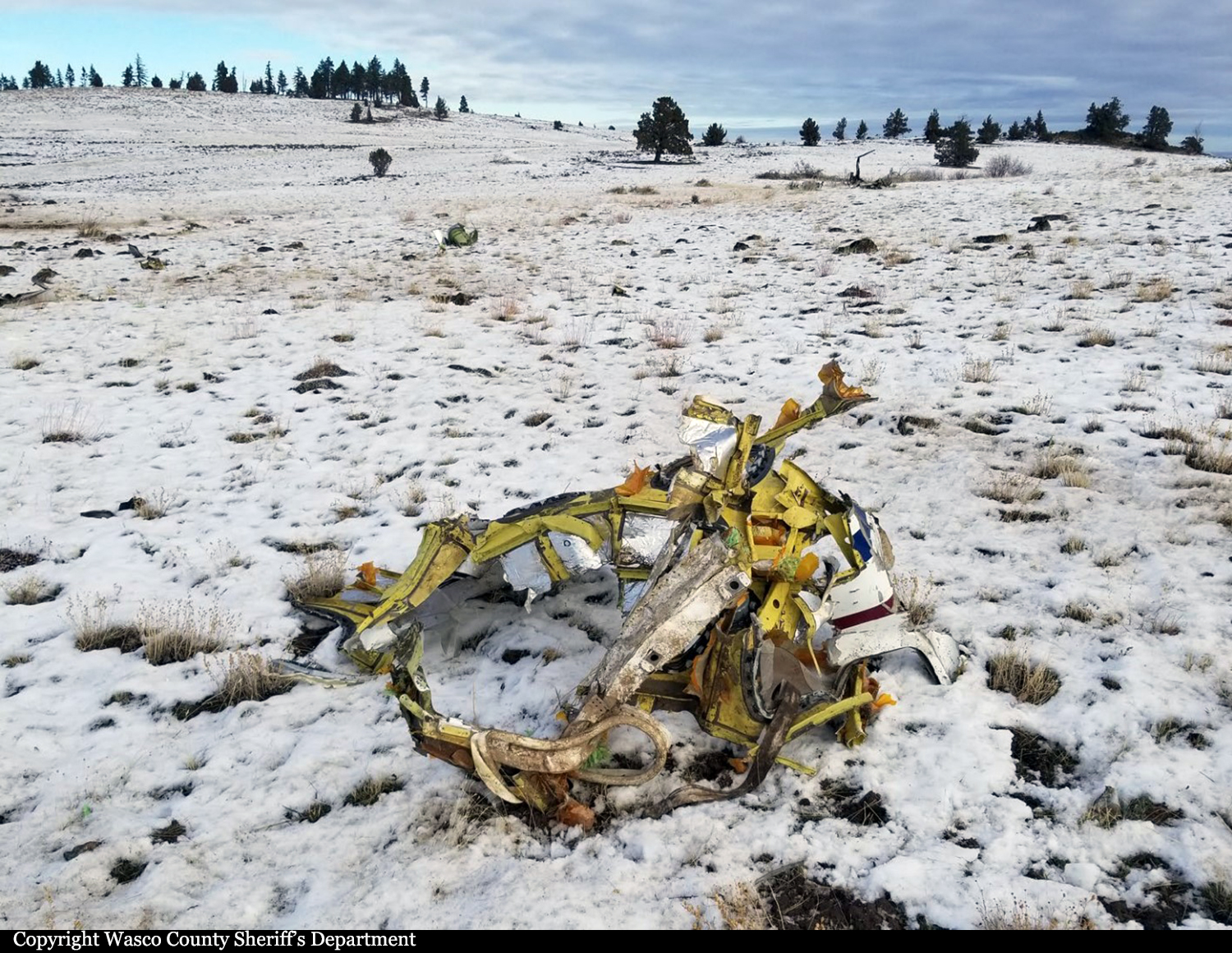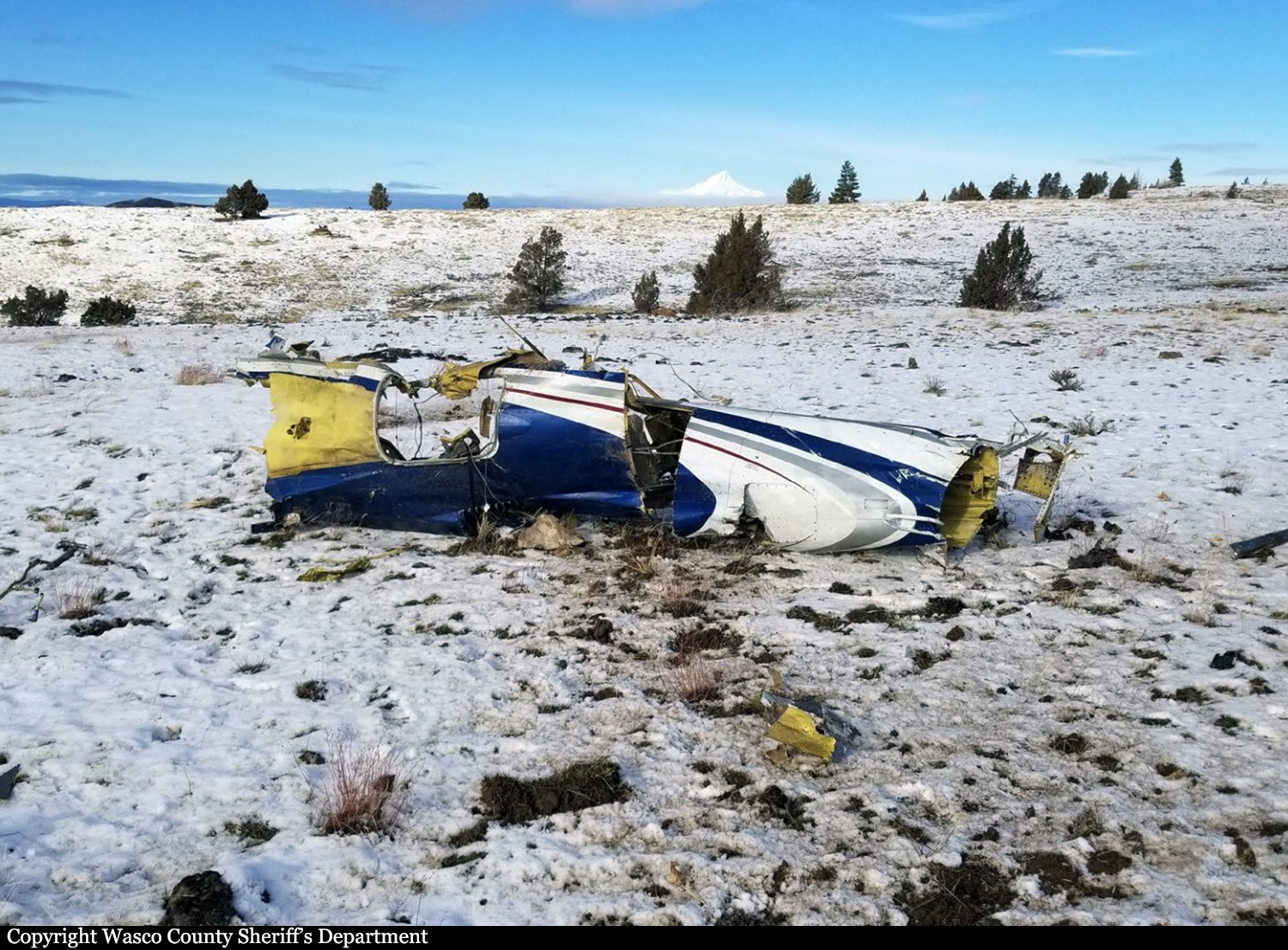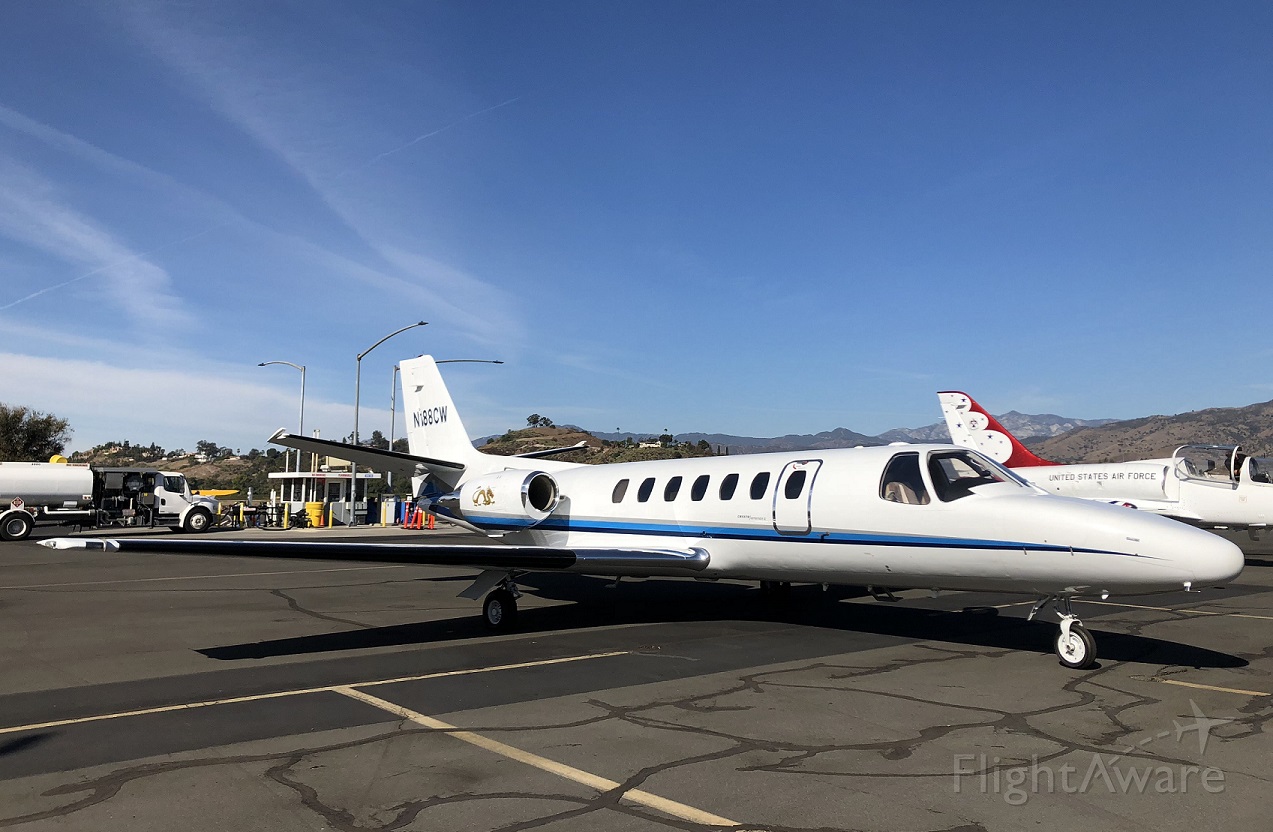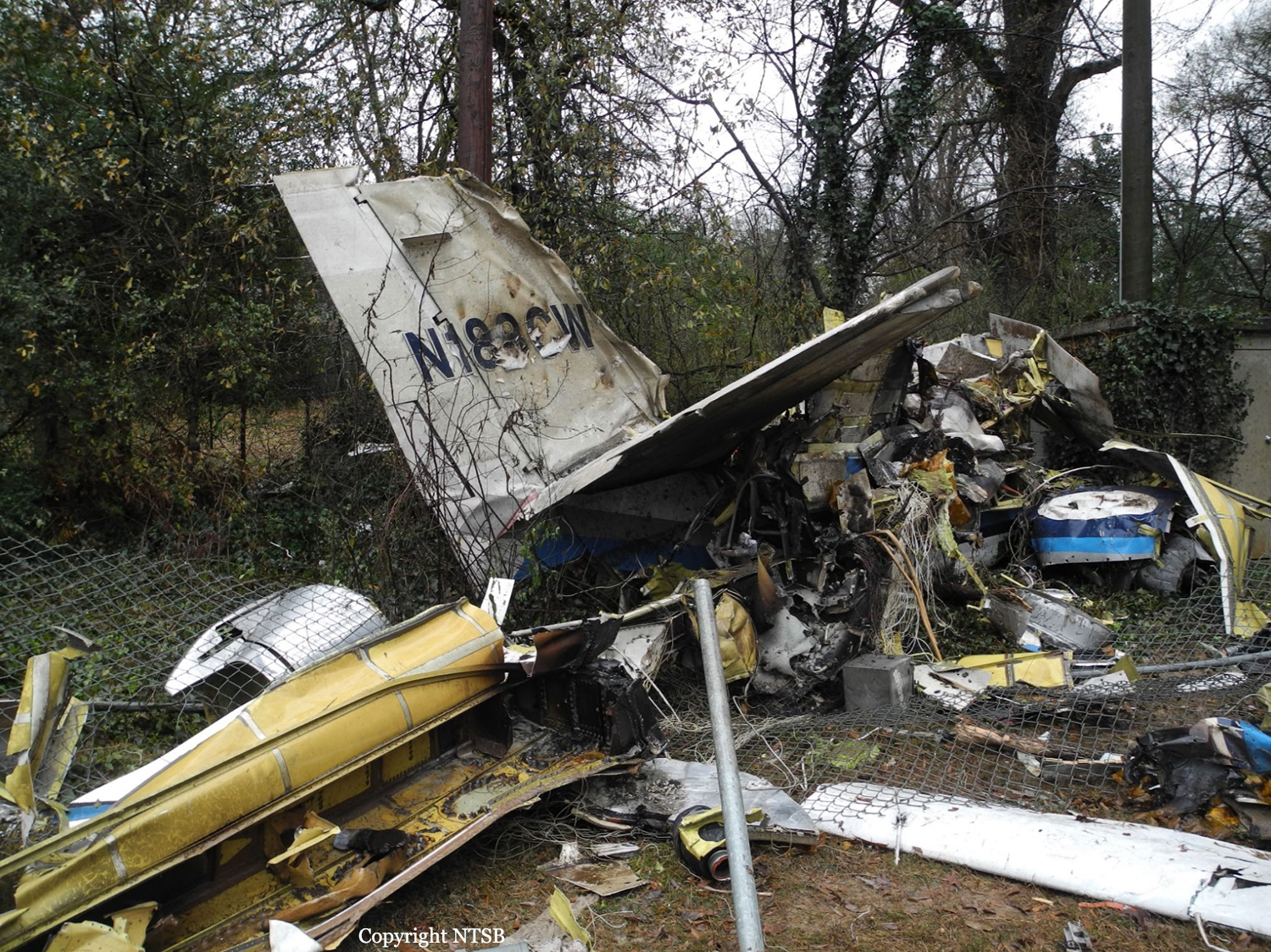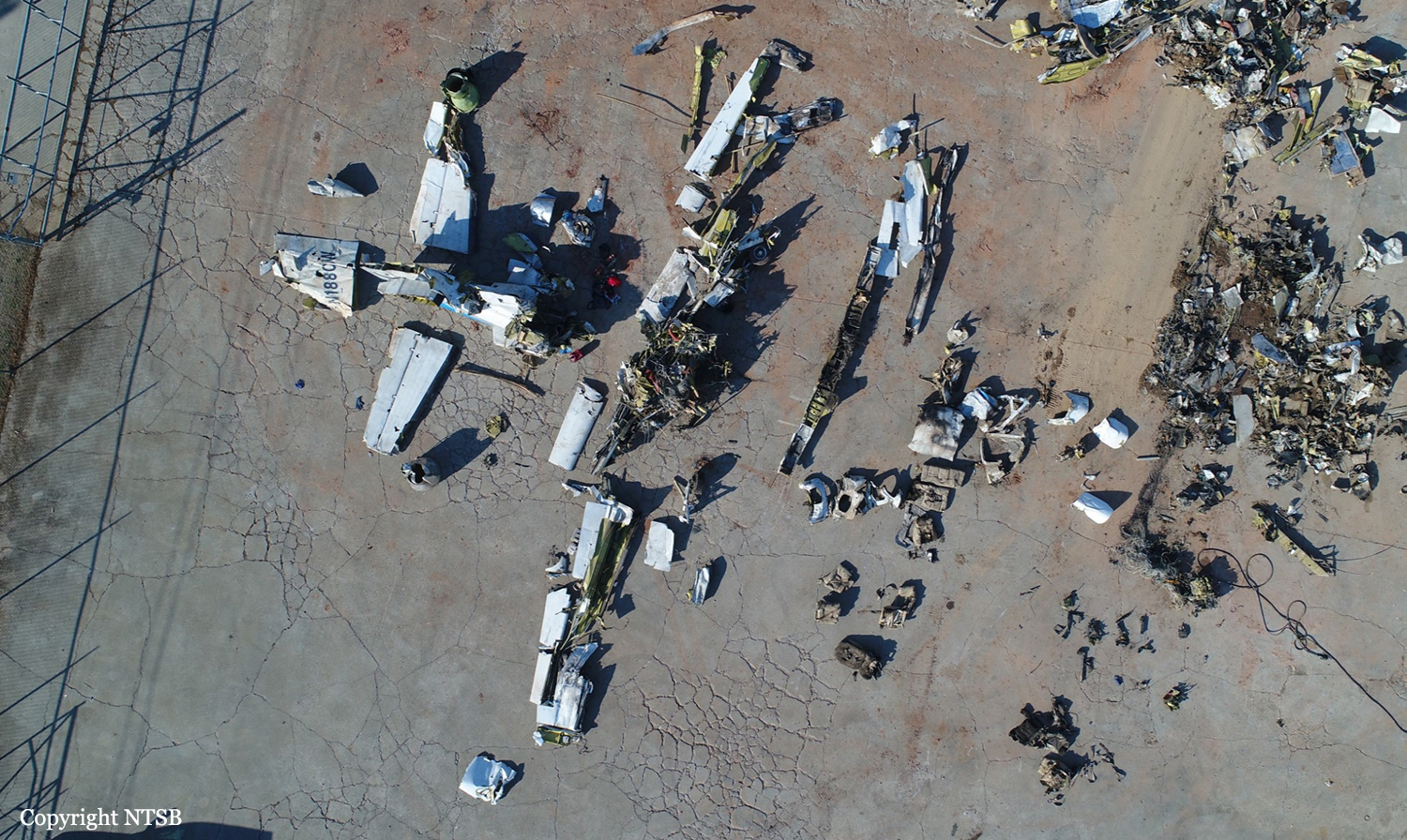Crash of a Cessna 560 Citation V near Staunton: 4 killed
Date & Time:
Jun 4, 2023 at 1525 LT
Registration:
N611VG
Survivors:
No
Schedule:
Elizabethton - Ronkonkoma
MSN:
560-0091
YOM:
1990
Crew on board:
1
Crew fatalities:
Pax on board:
3
Pax fatalities:
Other fatalities:
Total fatalities:
4
Circumstances:
The airplane departed Elizabethton Airport in Tennessee on a private flight to Ronkonkoma-Long Island-McArthur Field (Islip), New York. Approaching the destination, the airplane did not initiate a descent but an almost 180 turn and continued to the southwest. As there was no radio contact with the pilot anymore and as it was approaching the Washington DC area, ATC informed the authorities about the situation and two F-16 fighters were dispatched. The military pilots were unable to establish any contact with the crew. Flying at an altitude of 34,000 feet, the Cessna entered a right turn then an uncontrolled descent and spiraled to the ground before crashing in a wooded and hilly terrain located near Staunton, Virginia, some 600 km southwest from the destination airport. All four occupants were killed.
Probable cause:
Failure of the cabin pressurization system suspected.
